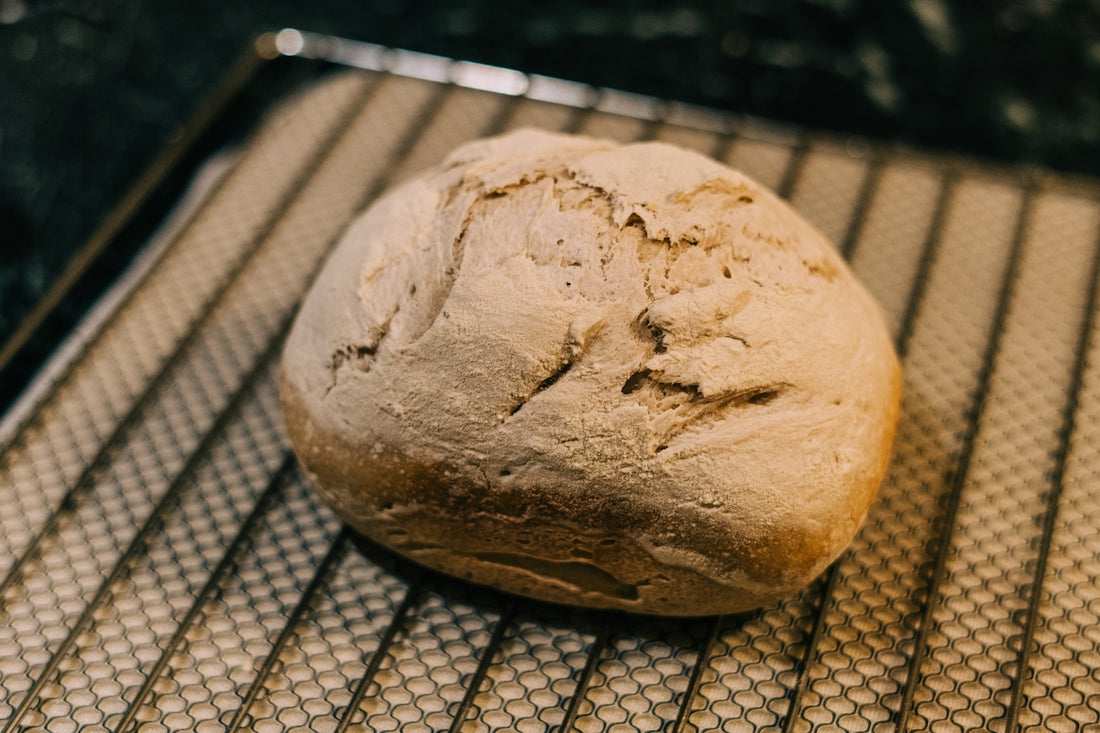
How to Shape Sourdough Bread Like a Virtuoso Without Fuss or Frustration
Welcome to the world of sourdough, where every loaf is a masterpiece waiting to be shaped. Crafting sourdough bread is an art form, and shaping your dough is a pivotal step in the process. When done correctly, it gives the bread its structure and texture. Here, we'll guide you through the nuances of sourdough shaping and transform you into a shaping virtuoso without the fuss or frustration.
Understanding the Basics of Sourdough
Before diving into shaping, it's crucial to understand the foundation of sourdough bread, beginning with the sourdough starter. This fermented mixture of flour and water contains wild yeast and bacteria that give sourdough its distinctive flavor and texture. Whether you're using a homemade sourdough starter or something like the Nonna Bella Dehydrated Sourdough Starter, a well-fed starter is fundamental for baking the perfect loaf.
Feeding and Maintaining Your Sourdough Starter
Feeding your sourdough starter involves replenishing its flour and water to keep the wild yeast active. A typical sourdough starter feeding schedule involves discarding part of the starter and adding fresh flour and water. For more on how to feed sourdough starter and store it, check out our detailed guide on sourdough starter troubleshooting and maintenance.
Sourdough Fermentation
Fermentation is the magical process that gives sourdough its tangy flavor. During this time, wild yeast fermentation occurs, and the dough rises. To succeed in this stage, understanding how to store sourdough starter and keeping your starter healthy are keys to achieving great results.
Shaping Your Sourdough Bread
Shaping is where you transition from dough to potential loaf. It's here that you decide the form and structure of your bread. Follow these steps for easy sourdough bread shaping, reducing the stress and maximizing the beauty of your bread.
Tools for Shaping
To effortlessly shape your sourdough, having the right tools is essential. Consider using items from our Professional Baking Tools Kit, which includes a pastry mat, scraper, and more. Using a Silicone Baking Mat is also a non-stick solution to help manage your dough.
Step-by-Step Bread Shaping Guide
- Pre-shape the Dough: After the bulk fermentation, gently degas your dough by pressing it softly with your fingers. Shape it into a loose round and let it rest for 20 minutes. This is crucial to relaxing the gluten and preparing it for final shaping.
- Final Shape: With rested dough, execute the desired shape: round or oval. For a round, pull one edge of the dough over to the opposite side, rotate it and repeat. For an oval, fold the top half over to the center, then fold the bottom over.
- Tension Building: Use the bench scraper to rotate the dough and create surface tension, pulling the seam underneath to smooth the top.
- Use a Bread Lame: Among the best sourdough scoring techniques is using a Bread Lame to make precise cuts on the dough surface, allowing it to expand properly during baking.
Troubleshooting Common Shaping Issues
Handling sourdough can sometimes be perplexing. If your dough is too sticky, check your hydration levels. For dough that doesn't hold shape, you may need more kneading prior to shaping. Our sourdough bread troubleshooting guide offers comprehensive solutions to these common issues.
Baking the Perfect Sourdough
Once shaped, proper baking technique is essential. Preheat your oven and baking vessel, making sure steam is present during the first half of the bake, which helps in achieving an enviable crust. Get more insights on how to bake sourdough bread properly from our collective sourdough baking tips.
Sourdough for Special Dietary Needs
Sourdough's wild yeast fermentation breaks down gluten, making it a more digestible option which can be suitable for some diabetics. However, always consult with a healthcare provider about dietary concerns.
Conclusion
Sourdough shaping is an art that involves both science and intuition. With our artisan bread baking insights, you'll be able to turn a lump of dough into a culinary masterpiece that mirrors the expertise of seasoned bakers. Remember, practice and patience are key. Dive into the world of sourdough with confidence, and let your loaves tell stories of perfect fermentation, flavor, and finesse.
Visit Italian Sourdough for more tips, guides, and quality products that will enhance your sourdough journey.
